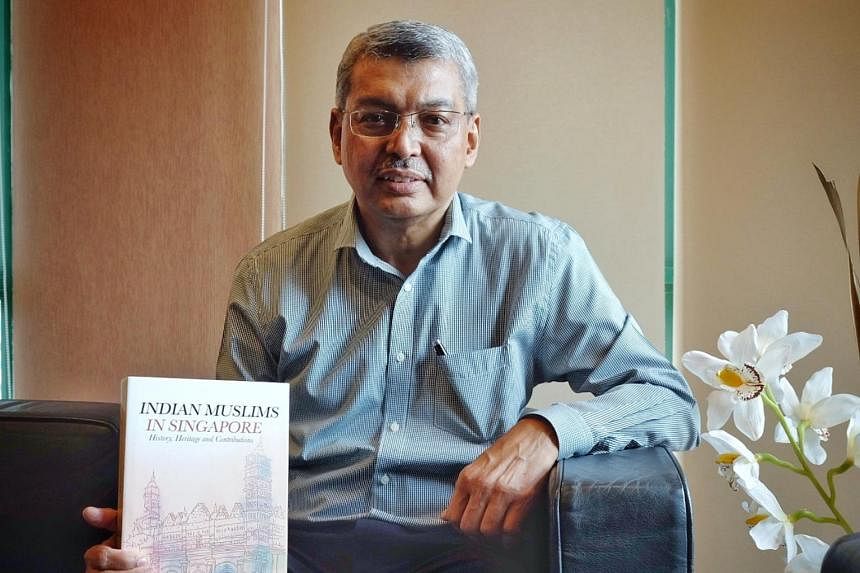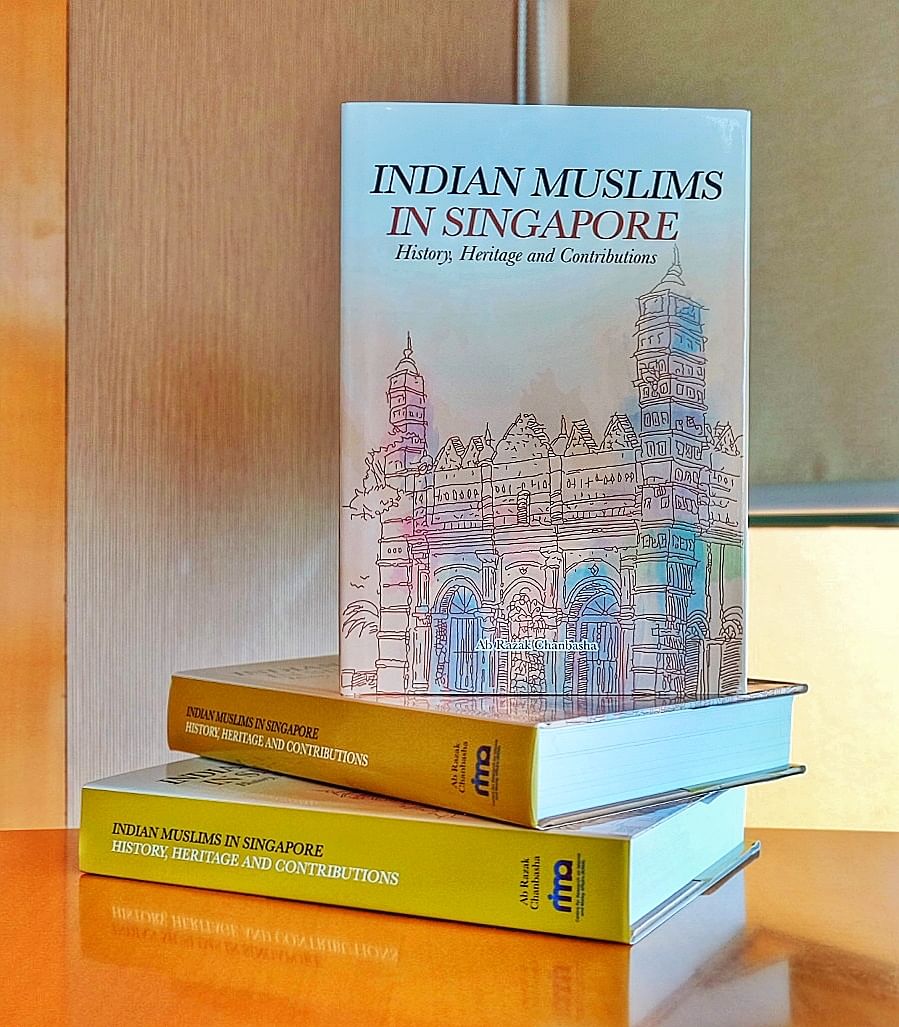SINGAPORE :

Singapore :
A number of Indian Muslims here face a dilemma: To hold on to the languages and customs of their forefathers or to embrace a “practical assimilation” into the wider Muslim community. This issue is raised in the new book Indian Muslims In Singapore: History, Heritage And Contributions, which documents the history, heritage and contributions of the community.
It is authored by Dr Ab Razak Chanbasha and published by the Centre for Research on Islamic and Malay Affairs (Rima). Launched by President Halimah Yacob on Saturday (June 11), the book traces the community’s transition from groups of sojourners who came to colonial Singapore to make a living into a settled community forming a sizeable minority within both the Indian and Muslim populations.
Rima is a subsidiary of AMP Singapore, which raised more than $250,000 for the benefit of the community in conjunction with the book launch.
As at 2020, Indian Muslims constituted about 23 per cent of the Indian community and 13 per cent of the Muslim community.
Speaking to an audience of about 140 at the Islamic Religious Council of Singapore, President Halimah said that while the contributions of some Indian Muslim pioneers like writer Munshi Abdullah are well documented, others have only been remembered in word-of-mouth accounts and are not sufficiently researched and codified.
“This book therefore strives to fill this gap for the Indian Muslim community, so that we can better appreciate the significance of their contributions,” she said. “Let us emulate the pioneers who never viewed their circumstances as limiting, but instead focused on how they could do better for the community and their children; always looking at the possibilities ahead.”
The book begins by tracing the ethnic and geographical origins of the community and the trades they came to work in the growing port city that was Singapore in the 1800s.
Muslims of various ethnicities migrated here from British India, including Tamils from the south and Gujeratis from the west. Some set down roots and began building mosques, including Angullia Mosque and Bencoolen Mosque.
The book details the history of these mosques, the families, institutions and personalities behind them, and the religious and civic contributions of the community, many of whom donated generously to social causes. There is a chapter on prominent figures, including former MP Mohamed Kassim Abdul Jabbar and Singapore’s first attorney-general, Professor Ahmad Ibrahim.
In an interview before the launch, Prof Ahmad Ibrahim’s grandson, Mr Ibrahim Tahir, 48, said he is happy his grandfather’s life and achievements have been recorded in the book.
Mr Ibrahim, who owns bookstore Wardah Books, said: “It is good not just for the community and the family but because stories like his can lift young people’s aspirations. He was at the centre of things, and operating in a multiracial country and system, he was a minority without being marginal and held a seat at the table.”

Dr Razak, 63, who is a physicist by training and a board member at Rima, said the book is meant for the general reader.
“The book is by no means exhaustive or complete, but I hope it can serve as a starting point for more research into the community.”
Speaking of the challenge he raised about contemporary Indian Muslim identity and the choice between tradition and assimilation, he added: “It is all about finding balance. All communities in Singapore face problems like waning language use, but it is important to think about which of our forefathers’ values to hold on to.”
The book is on sale for $60 at this website and selected bookstores.
source:http://www.straitstimes.com / The Straits Times / Home / by Ng Wei Kai / July 13th, 2022








